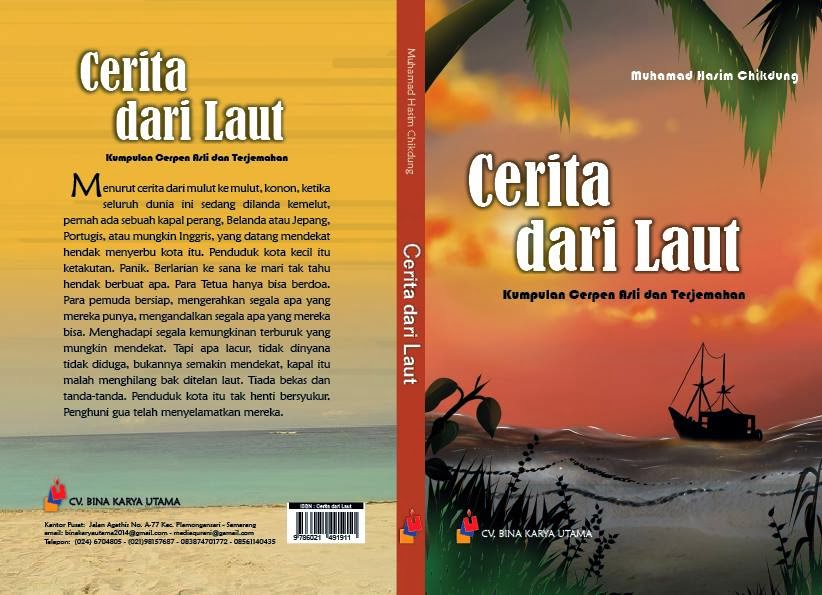If you were to visit the Krui damar agroforests for the first time, you could be forgiven for thinking that these forests are natural forests, barely touched by humans. You would then be surprised to learn that you are in fact in an agroforest, which has been cultivated and sustainably managed by the indigenous
Krui people for more than a century.
The Krui damar agroforests — already well-known for their social, environmental and economic benefits — without doubt exemplify sustainable, community-based forest management. These agroforests, located along the southwestern coast of Sumatra (Pesisir) in the province of Lampung, cover an
area of approximately 50 000 hectares and serve as a buffer zone for the nearby
Bukit Barisan Selatan National Park.
***
Damar is a pale, yellowish, easily brittle resin with clean edges. Damar is found in Southeast Asia; the
name is Malay and means as much as resin or torch (torches made of damar are very good because they do not drip). Damar is obtained from trees belonging to the Diptocarpaceae family. The most important resin is the one belonging to the Shorea Wiesneri, also called Diptodammar. The most common damar on the market is obtained from Sumatra and may have a prefix according to the place of origin. Damar Krui (Shorea Javanica) is the most common types. Damar Krui is also called Damar Mata Kucing (Cat’s Eye Damar). The mata kucing is to be export to Singapore where it is processed and re-exported as incense, or as a base for paint, ink and varnish factories in industrial countries.
Damar is obtained by cutting deep edges in the trees, in which the resin can accumulate. Dammar contains about 40 % resen, dissolvable in alcohol (alpha-resen), and about 22 % resin, nondissolvable in alcohol (beta-resen). Furthermore it contains about 23 % dammarol acid and2.5 % water. The slight odor is obtained from the small amount of ethereal oils
For Krui people, Damar agroforest is a multigenerational concept of plantation as well as land conservation. Quite a majority of farmers in Krui manage this plantation that they inherited from their ancestors back in the late of eighteen century. Damar trees that can grow up to 50 meters height and 100 years old can procure native farmers of Krui a regular monthly income as the trees regularly produce sap (rezin) every month, while other perennial trees in between like durian and duku, can also procure them some seasonal incomes.
Sources:
1. Cassen, Anne. The Cat’s Eye Forest. The Krui Damar Garden
2. Dr. Georg Kremer, Dipl.-Chemiker, Farbmühle, DE-88317 Aichstetten/Allgäu, Phone +49-7565-91120, Fax +49-7565-1606 kremer-pigmente@t-online.de, www.kremer-pigmente.com












really miss this pleace..the forest, rain drops, path, cloud..
Damar Plantation in Krui its not a Agroforestry, but a wisdom of local people from Pubian Tribe..local folk said " Luhut pun tamong repong damar ram ", its mean please save our damar plantation for generation to generation.
The oldest damar tree its arround 270 years old with diameter more than 189 cm in 2003 ( i dont know its still a live or not this time ) this tree on Pahmungan Village.
Total Area of damar Plantation by local people in Krui including west lampung its arround 26.564 Ha maybe less because degradation.
And Krui Damar forest its the best place in the world to learn how to build Agrofoestry...its wisdom without interfere from scient or goverment.
Post a Comment